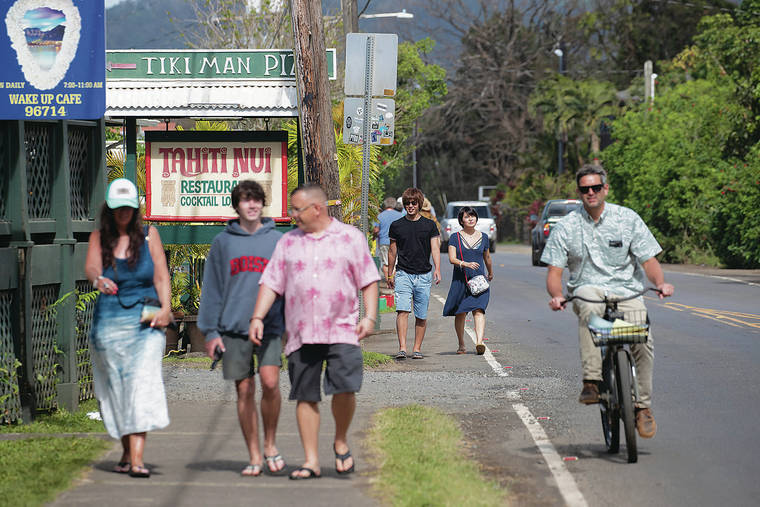Officials for tourism destinations around the world have long realized that economies that depend on the visitor industry are bearing up under a significant environmental strain.
Environmental-consciousness pledges have been one popular response to the looming crisis, as a simple way to raise public awareness. They already have taken off in various tourism locales, spanning the globe from New Zealand to Iceland, with U.S. cities in between.
Honolulu may be a bit late to this game, but two of the other counties already have jumped in, with the Pono Pledge on Hawaii island and the Aloha Pledge on Kauai. The “Keep Hawaii Hawaii” program, introduced to the Honolulu City Council as Bill 51, appears to be Oahu’s version.
There’s also a push from the nonprofit and private sectors, however, one more likely to develop into something equal to the statewide sustainability challenge that Hawaii faces.
Bill 51, introduced by Councilwoman Kymberly Pine, would lead to creation of a program “aimed at promoting visitor awareness and on-island behaviors that are as environmentally responsible and culturally sensitive as possible.” It would be established within the Office of Economic Development or an agency of the mayor’s choosing,
That clearly would need some fleshing out, although it could yield a worthwhile discussion in the hearing scheduled for Oct. 22 before the Council Business, Economic Development and Tourism Committee.
The city administration has not yet taken a position on the bill, said Josh Stanbro, executive director of the city’s Office of Climate Change, Sustainability and Resiliency. Ed Hawkins, who heads the Office of Economic Development, was off island this week and unavailable for comment.
But ideally, for a place such as Hawaii, where concerns about climate change continue to mount, a campaign that matches the magnitude of the problem likely would require private partners.
Stanbro pointed to an initiative originating from the nonprofit Conservation International as a possible model. Called the Green Passport, this would be a means of financing how environmental costs of tourism are managed, said Jack Kittinger, a senior director at Conservation International, and Emelia von Saltza, Green Passport project manager.
They presented a paper on the project at the Hawai‘i Executive Conference Oct 2-5 at the Four Seasons Resort Hualalai. Kittinger said the idea was to get business to back the concept of a “green” fee for tourists because environmental quality is key to Hawaii’s tourism brand.
This could be a heavy lift. The tourism industry already has expressed weariness about the taxes passed on to tourists. As alternatives, there are proposed financing instruments such as a carbon tax and “green bonds,” and these deserve consideration.
Another option outlined in the paper is to “green” the transient accommodations tax (TAT) tourists already pay, diverting more of that to environmental protection. But Von Saltza said this likely would succumb in a fiscal battle: Much of that revenue is already spoken for.
There could be a lot more policy discussions ahead, fruitful ones, at City Hall and the state Capitol.
Some industry experts see a marketing upside to “green” visitor programs in that they convey a message; in this case, it’s “Hawaii cares about its environment.” That’s an ethos that appeals to the eco-tourists the state wants to attract.
“The conservation community and the tourism community face a common problem,” said Kittinger, and he’s right. A tourist pledge is a start, but it will take buy-in from both communities to finish the job.

